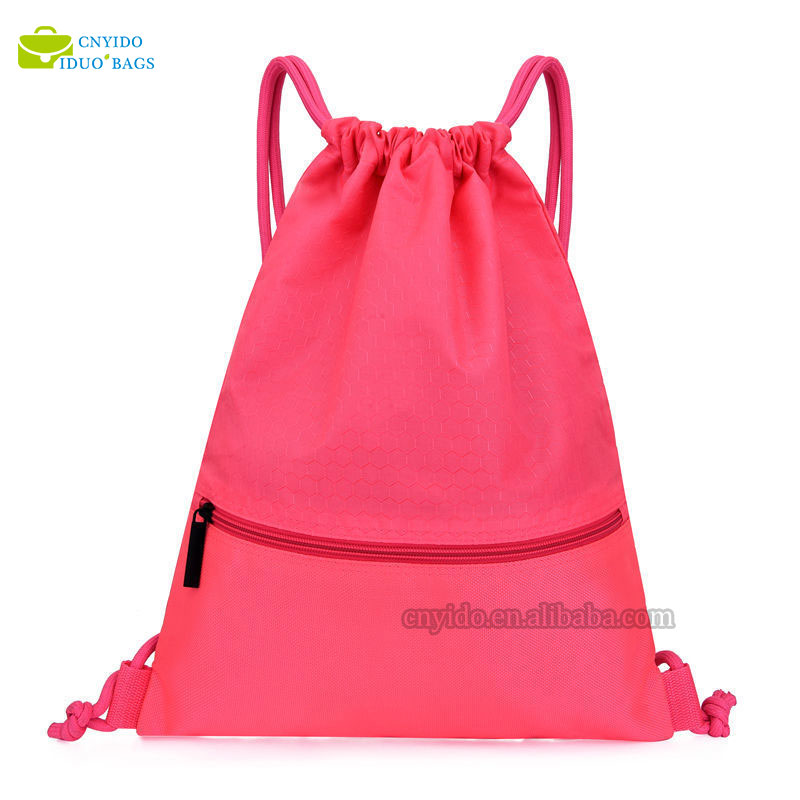
- English
- Español
- Português
- русский
- Français
- 日本語
- Deutsch
- tiếng Việt
- Italiano
- Nederlands
- ภาษาไทย
- Polski
- 한국어
- Svenska
- magyar
- Malay
- বাংলা ভাষার
- Dansk
- Suomi
- हिन्दी
- Pilipino
- Türkçe
- Gaeilge
- العربية
- Indonesia
- Norsk
- تمل
- český
- ελληνικά
- український
- Javanese
- فارسی
- தமிழ்
- తెలుగు
- नेपाली
- Burmese
- български
- ລາວ
- Latine
- Қазақша
- Euskal
- Azərbaycan
- Slovenský jazyk
- Македонски
- Lietuvos
- Eesti Keel
- Română
- Slovenski
- मराठी
- Srpski језик
What is the difference between a dry bag and a waterproof backpack?
2024-06-21
Dry bags and waterproof backpacks are both designed to keep your belongings dry in wet conditions, but they serve different purposes and have distinct features:
Dry Bag
Primary Use: Dry bags are mainly used for outdoor activities like kayaking, rafting, canoeing, and other water-based sports. They are also popular for camping, hiking, and other situations where keeping items dry is crucial.
Design: Dry bags are typically simple, cylindrical or rectangular bags with a roll-top closure system. The top of the bag is rolled down several times and then clipped or buckled to seal it.
Material: Made from durable, waterproof materials like PVC, nylon, or vinyl.
Waterproof Level: They are highly waterproof and can often be fully submerged without letting water in.
Portability: Most dry bags are designed to be compact and portable, with some having a single shoulder strap or simple handles for carrying.
Storage: Generally offer a single, large compartment without internal organization.
Waterproof Backpack
Primary Use: Waterproof backpacks are designed for a wider range of activities, including hiking, biking, commuting, and traveling, where there is a need to protect belongings from rain, splashes, or brief submersion.
Design: These look like standard backpacks with shoulder straps, multiple compartments, and sometimes additional features like padded back panels, waist straps, and organizational pockets.
Material: Made from waterproof or water-resistant materials such as treated nylon, polyester, or TPU (thermoplastic polyurethane).
Waterproof Level: They offer a high level of water resistance, suitable for heavy rain or splashes, but may not be fully submersible.
Portability: Designed for comfortable carrying over long periods, with ergonomic straps and padding.
Storage: Typically feature multiple compartments and pockets for organized storage of various items, including electronics, clothes, and other gear.
Key Differences
Purpose: Dry bags are primarily for water-based activities and environments where submersion might occur. Waterproof backpacks are for a broader range of activities where protection from rain or splashes is needed.
Design and Structure: Dry bags have a simple, single-compartment design with a roll-top closure, while waterproof backpacks have multiple compartments and a backpack-style design with ergonomic features.
Waterproof Level: Dry bags are generally more waterproof and can handle submersion, while waterproof backpacks are designed to resist heavy rain and splashes but might not be submersible.
Comfort and Portability: Waterproof backpacks are designed for long-term carrying comfort with features like padded straps and back panels, whereas dry bags are more basic in terms of carrying options.
Choosing between a dry bag and a waterproof backpack depends on your specific needs and the activities you plan to undertake.


